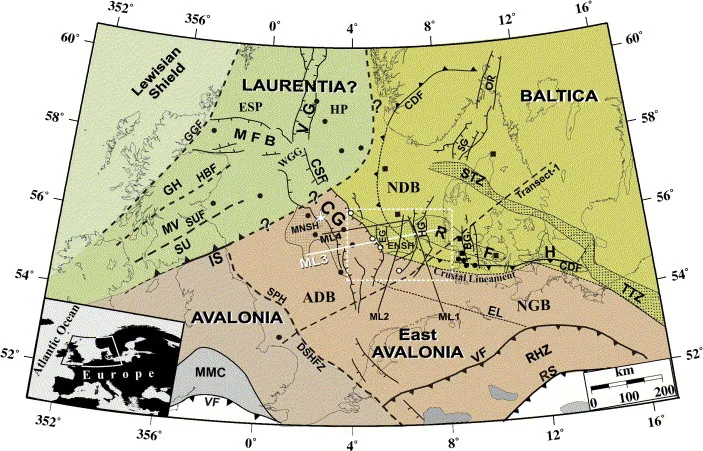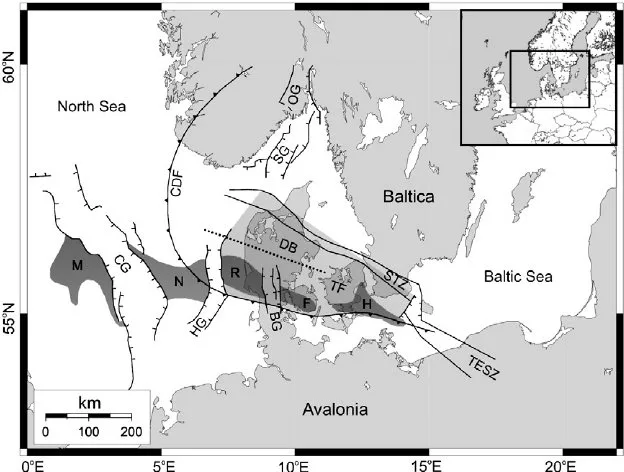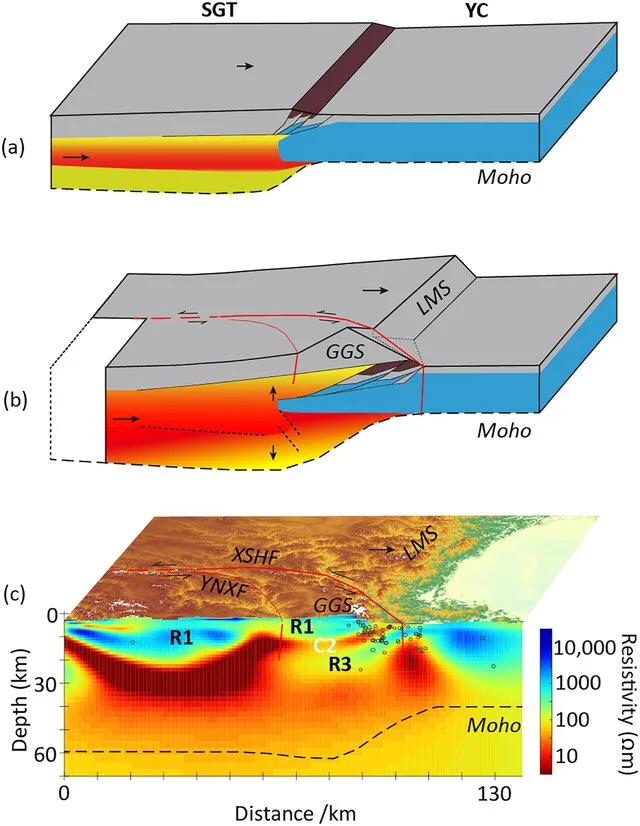Additional Notes on the Geography of Germania Magna
a. Note on the term “Vistula Fluvius”: It is possible that the Greek term Οὐστούλα (Oustoúla) was originally adopted from Latin (i.e., by the Romans), with even older roots potentially found in the Celtic language or possibly that of the Jastorf Culture.In Latin, the word ustula is the imperative of ustulō and means “to burn something,” “to scorch something,” or also “to consume something with fire” – here to be understood as an order to someone or something to char or smolder something. There is probably also a closer connection to metalworking (especially charcoal burning), which is particularly indicated by the English cognate “ustulate” – as an adjective meaning “blackened” or “burnt” (Blackened as if burned) and as a verb directly referring to the “burning or roasting of ores” (actually two different processes). The naming of the river likely referred originally to the smoldering of wood, or directly to the … Read moreAdditional Notes on the Geography of Germania Magna










